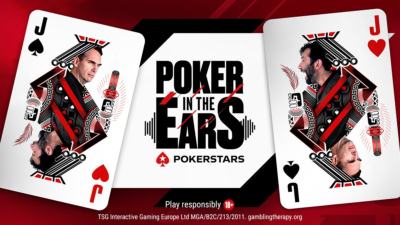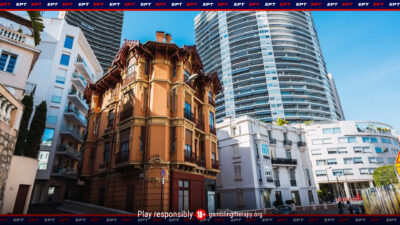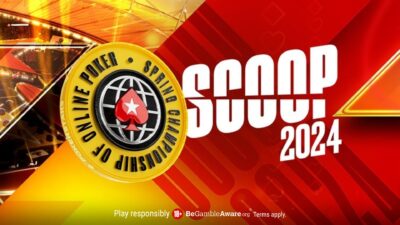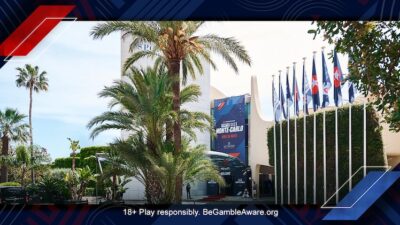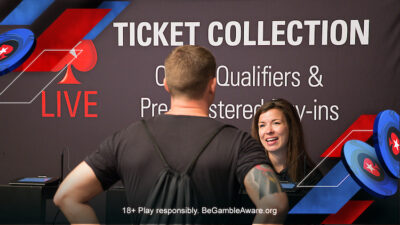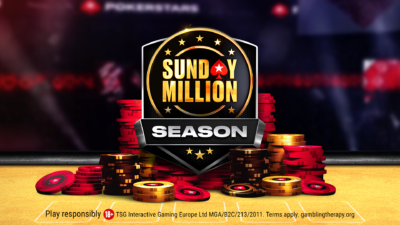by Adam “STUDstood” Roberts
In my recent blogs I have been trying to give you some sense of the various ways to help improve your game. Those include figuring out from what sources to learn, i.e. books, videos, television shows, teachers (both knowingly and otherwise), your own live and online playing experiences, etc. This also includes how to develop your own style based on your own personality (both on and off the tables), affinity and ability in different games and limits, and bankroll.
In last week’s column, I gave you an encapsulization of my own poker history, and how I accomplished these tasks. I would like to continue this week.
To recap, I had begun playing in the $10/$20 Rounders Stud game in Manhattan in 1989. Although I started out as a small winning player, because various good players took the time out to teach me how to improve my game I quickly added to my hourly earn, enough that I was considering trying to play Stud poker for a living.
To do that, I knew that I would have to further improve my game, to enable me to win enough to make a living playing higher limits. So, I took my first trip to Las Vegas in late 1989; the Mirage poker room had just opened and there was a large selection of games to play. In those days, Stud was the clear poker game of choice at every limit. In the 10 days which I was there, I played in 27 sessions of $30/$60 limit, and won in 26 of them.
Although the money was certainly useful, more important to me was finding out that there were various different styles of play than what I was used to back in my Rounders game. I attributed that somewhat to the accelerated ante structure, i.e. $5 in $30/$60, which is a 12:1 ratio (big bet:ante), as opposed to $1 in $10/$20, which is a 20:1 ratio. But I also found a different “personality” among the people who lived and gambled in Las Vegas, whether it was for a living or just recreation. In general, the New York City style was more conservative, whereas in Las Vegas there was more of a gambling “get the last bet in” style. This was an important enlightenment for me, because it made me adjust my own play to the games in both of those geographic areas, as well as to the different ante structures.
It’s important to account for these factors when you sit down to play. The ante:big bet ratio is your first clue as to the style that will likely be played in a game. For example, later on during the ’90s there were times I played $40/$80 limit with a $5 ante, and other times it was spread with a $10 ante. That was a huge disparity, and the real, implied and pot odds value of each hand is affected by that difference in ante structure.
Mathematically alone (as well as the difference in your opponents play), your strategy must be changed to adjust to the structure; the higher the antes, the more hands you should play, as the pot sizes are larger. You also should attempt more “ante steals”, since the payoff is higher. I first became aware of this important concept on this trip.
Getting back to that initial trip to Las Vegas, fortunately for me a couple of things happened.
First, I found that the great foundation my Rounders mentors had given me enabled me to be one of the better players in the $30/$60 games right away. Although one would think that because it was “Las Vegas” the games would be tougher, especially at a higher limit than I was used to, I actually found it quite the opposite. It’s true that the top players in Las Vegas were better than the top ones in New York, but the worse players in Vegas played a lot poorer, and this applied even as the limits increased. The fundamental education I had received served me well.
I also found that my own innate style of play (based on my personality on and off the table) fit better in Las Vegas (and subsequently Los Angeles) than in the New York/New Jersey/Connecticut style.
My next test was going back to my Manhattan Rounders game, apply my new skills and style of play and see how that affected my results. Would my experience from the West Coast help me back East?
What I found was that my earn increased approximately 33%. This was great news for me, because I felt that I was on the right track to achieve my goals. Having varied experiences, and learning from the players in different games, was paying off.
My next trip to Las Vegas was in mid-1990. Again, I had great results playing $30/$60 stud.
Since my ultimate goal was to live in Los Angeles, which was quickly becoming the poker capital of the world, I decided to drive there and see how those games played out for me. At the Bicycle Club casino, I played $30/$60 stud for a few days, and won every session. I found the Los Angeles and Las Vegas style of play similar, which may have simply been because many of the same players from both cities competed in both games.
After winning consistently in all my $30/$60 limit sessions, I decided to try the $75/$150 limit Stud games. Boy, was I in for an awakening.
The $75/$150 games was played with even more “gamble” to it, which also may have had to do with the $15 ante, which was a 10:1 ratio, the highest I had ever played in. I also found that the higher the limit, the less regard people seemed to have for money. Or, more accurately, they attempted to put more “money pressure” on me. The tactics employed at this limit were completely different than what I was used to.
I played three sessions at $75/$150, and lost all three. That was very bad, because the $15k I lost in those three sessions wiped out my whole earn for three previous weeks in the $30/$60 games.
The silver lining was that I witnessed things that would change my perspective in poker forever.
In 1975, Jon Landau wrote in a concert review “I have seen the future of rock and roll and his name is Bruce Springsteen.” Well, in only three sessions playing $75/$150 stud poker at the Bicycle Club casino in the summer of 1990, I saw the future of my stud poker playing career. His name was Danny Robison.
More next week…
In the meantime, you can find me in the $10/$20 and $30/$60 limit games in our Stud section, as well as in our weekly $215 buy-in tournaments. Please check the starting times of each of those events for your geographic area under Tourney > Special in the PokerStars lobby.
Feel free to contact me with any questions, suggestions or thoughts at adamr@pokerstars.com. See you at the tables!
Back to Top

